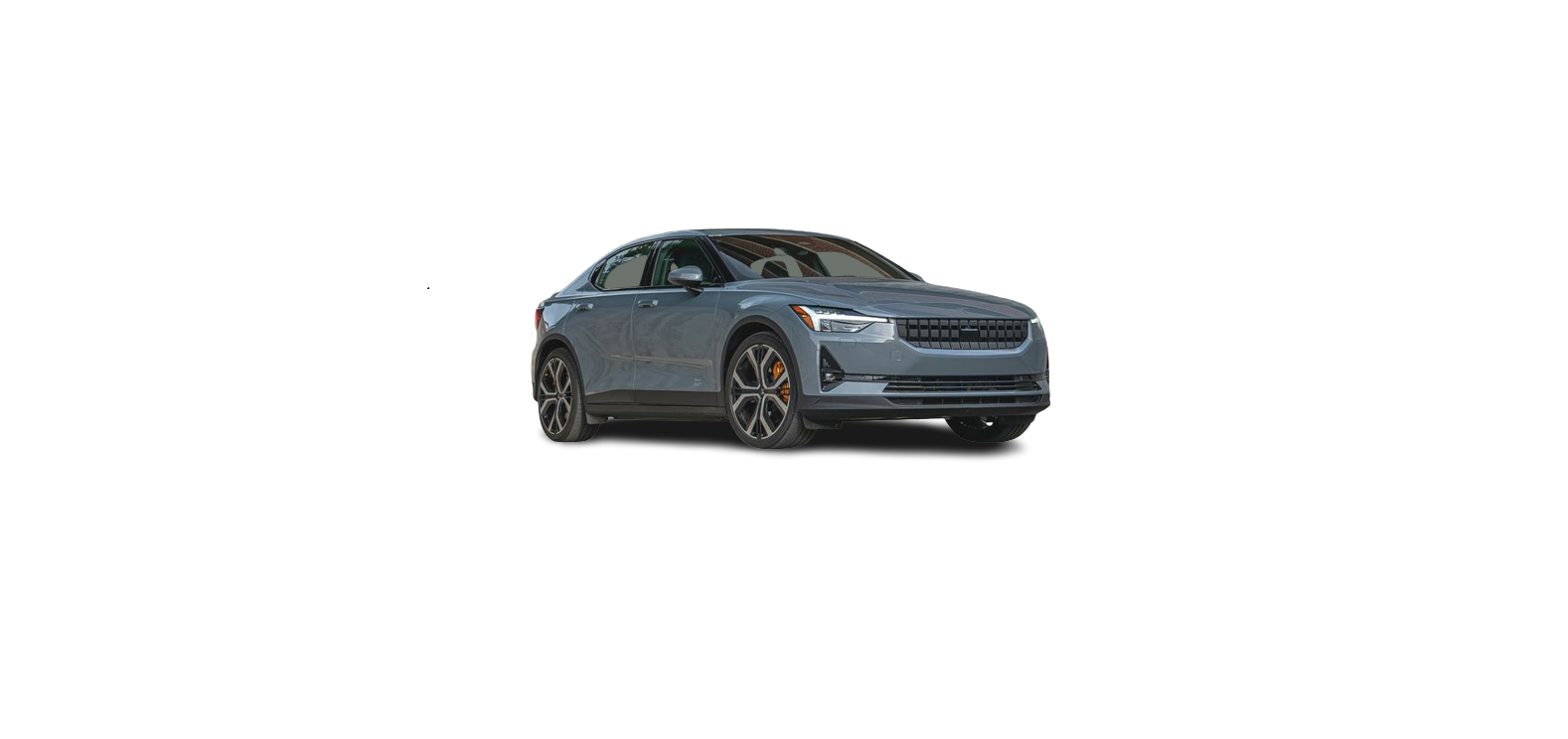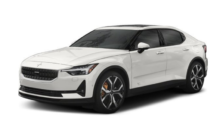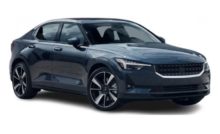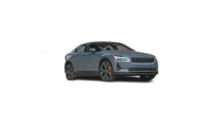- Pressing the button on the steering wheel keypad.
The symbol and the markings are extinguished – Speed Limiter goes into standby mode and the driver can exceed the stored maximum speed. When another function is selected in the center display, the instrument panel’s symbol and marking for the previously selected function are hidden, and the set/stored maximum speed is deleted.
When speed-controlling functions are in standby mode, the driver must intervene and regulate both speed and distance to the vehicle ahead.
Selecting and activating speed-controlling functions
- Select the desired function using the button for speed-controlling functions in the center display under Assist.
The button’s symbol will change depending on which function is selected and the symbol in the instrument panel is visible but not illuminated. - When the desired function is selected, press on the steering wheel keypad to activate it.
The symbol in the instrument panel is illuminated – the function starts and the current speed is stored as the maximum speed. - If the function is in standby mode – press the button on the steering wheel to reactivate.
The cruise control markings in the instrument panel illuminate and the vehicle will then return to the most recently set speed.
A noticeable increase in speed may follow when the speed is resumed with the steering wheel button.
Switches between Adaptive Cruise Control and Pilot Assist
- When Adaptive Cruise Control is selected, press the button on the steering wheel to switch to Pilot Assist. Press again to switch back.
Requirements
Certain conditions must be met in order to start any of the functions.
Cruise control
- In order to start Cruise Control from standby mode, the vehicle’s current speed must be 30 km/h (20 mph) or higher.
Adaptive Cruise Control
- The driver’s seat belt must be buckled and the driver’s door must be closed.
- There must be a vehicle ahead (target vehicle) within a reasonable distance or your vehicle’s current speed must be at least 15 km/h (9 mph).
Pilot Assist
- The driver’s seat belt must be buckled and the driver’s door must be closed.
- The side markings of the lane must be clearly visible and detected by the vehicle.
- There must be a vehicle ahead (target vehicle) within a reasonable distance or your vehicle’s current speed must be at least 15 km/h (9 mph).
- The speed must not exceed 140 km/h (87 mph).
- The driver must keep their hands on the steering wheel.
Speed-controlling functions
Buttons for speed-controlling functions
- The function is supplementary driver support intended to facilitate driving and help make it safer – it cannot handle all situations in all traffic, weather and road conditions.
- The driver is advised to read all sections in the Manual about this function to learn of its limitations, which the driver must be aware of before using the function.
- Driver support functions are not a substitute for the driver’s attention and judgment. The driver is always responsible for ensuring the vehicle is driven in a safe manner, at the appropriate speed, with an appropriate distance to other vehicles, and in accordance with current traffic rules and regulations.






